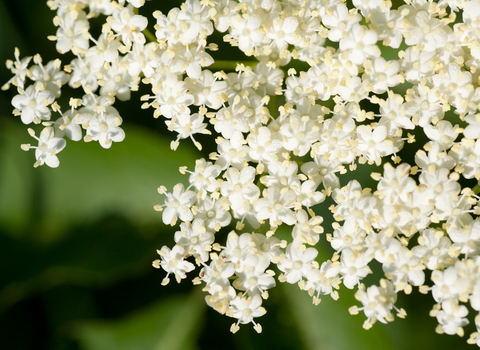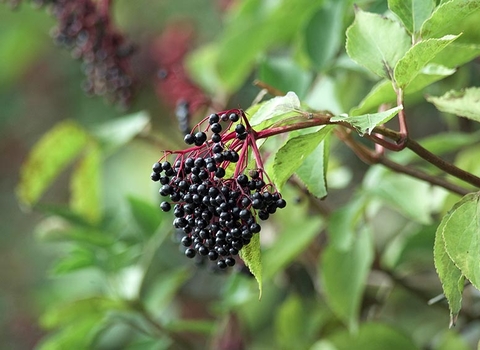
Elderflower (c) Alexandrumagurean

©northeastwildlife,co,uk
Elder
Elder is an opportunistic shrub of woods, hedges, scrub, waste and cultivated ground. Its flowers and berries are edible, but it's best to gather wild food with an expert - try it at a Wildlife Trust event.
Scientific name
Sambucus nigraWhen to see
January to DecemberSpecies information
Category
Statistics
Height: up to 10mCommon.
